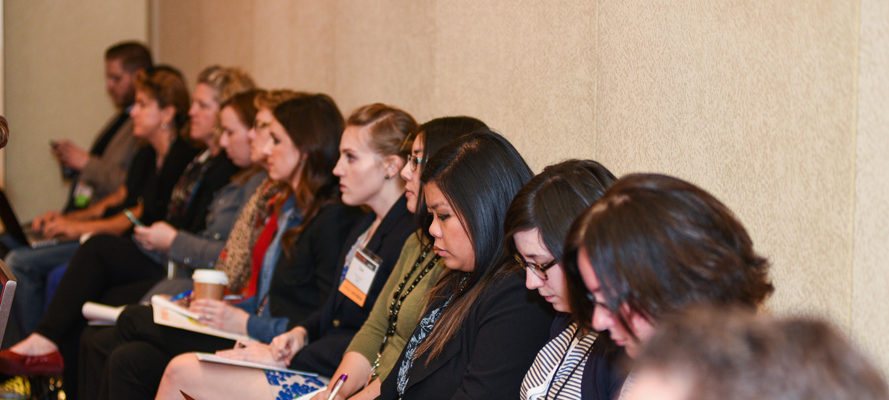Emergency Remote Instruction Is Not Quality Online Learning (Inside Higher Ed)
Widespread misconceptions have arisen, write members of the National Council for Online Education, but when done correctly, online courses can be as effective as face-to-face ones.
At the beginning of the COVID-19 pandemic in 2020, students, faculty and administrators faced challenges amid the urgent pivot to emergency remote instruction. The pandemic and resulting quarantines are large-scale crises unlike anything we have ever faced. During the spring of 2020, more than 4,000 U.S. higher education institutions were forced to mobilize emergency remote instruction for more than 20 million students. Moving courses en masse into a crisis-responsive form of distance learning protected the health of our communities and preserved academic continuity for students. Faculty members and support staff displayed heroic levels of creativity, commitment and courage to make it all happen. Read the full article.
The members of the National Council for Online Education include the Online Learning Consortium (OLC), Quality Matters (QM), UPCEA (University Professional and Continuing Education Association) and WCET (WICHE Cooperative for Educational Technologies).


